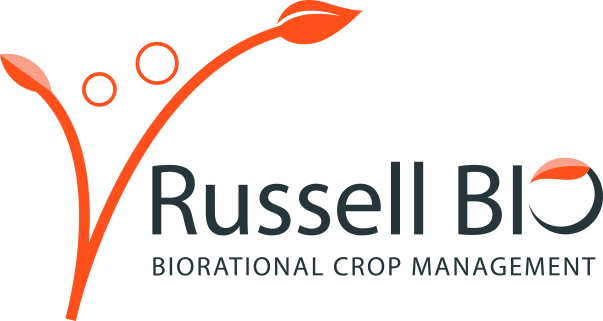Trap colour and aggregation pheromone dose affect the catch of western flower thrips in blackberry cropses.
Frankliniella occidentalis causes significant damage to berry crops in Mexico. Traps may be used for monitoring or mass-trapping thrips populations. Generally, colour traps are used for monitoring thrips, but sometimes a chemical stimulus can be added to the traps. However, there is conflicting information about what colour is the most attractive and efficient for capturing F. occidentalis. In this study, we first evaluated six colours of adhesive traps for catching F. occidentalis in blackberries grown in tunnels or in an open field. Subsequently, using the most attractive trap colour, we assessed the biological activity of neryl (S)-2-methylbutanoate and (R)-lavandulyl acetate, components of the pheromone aggregation of F. occidentalis. Finally, we examined the effect of neryl (S)-2-methylbutanoate dosage rates on the number of captured thrips. We found that blue (tunnel) and yellow (open field) followed by violet traps captured a significantly greater number of F. occidentalis compared with the white, black and green traps. Our results confirm that neryl (S)-2-methylbutanoate is the only component necessary for enhancing the performance of coloured traps. Blue and yellow traps baited with 200–400 μg of neryl (S)-2-methylbutanoate increased the capture 2.5–3 times compared to unbaited traps. In all experiments, traps cap- tured more females than males in blackberries grown in tunnels, whereas the oppo- site was found in blackberries cultivated in the open field. These results constitute the first step in the development of a monitoring system for F. occidentalis in soft fruit crops in Mexico.



